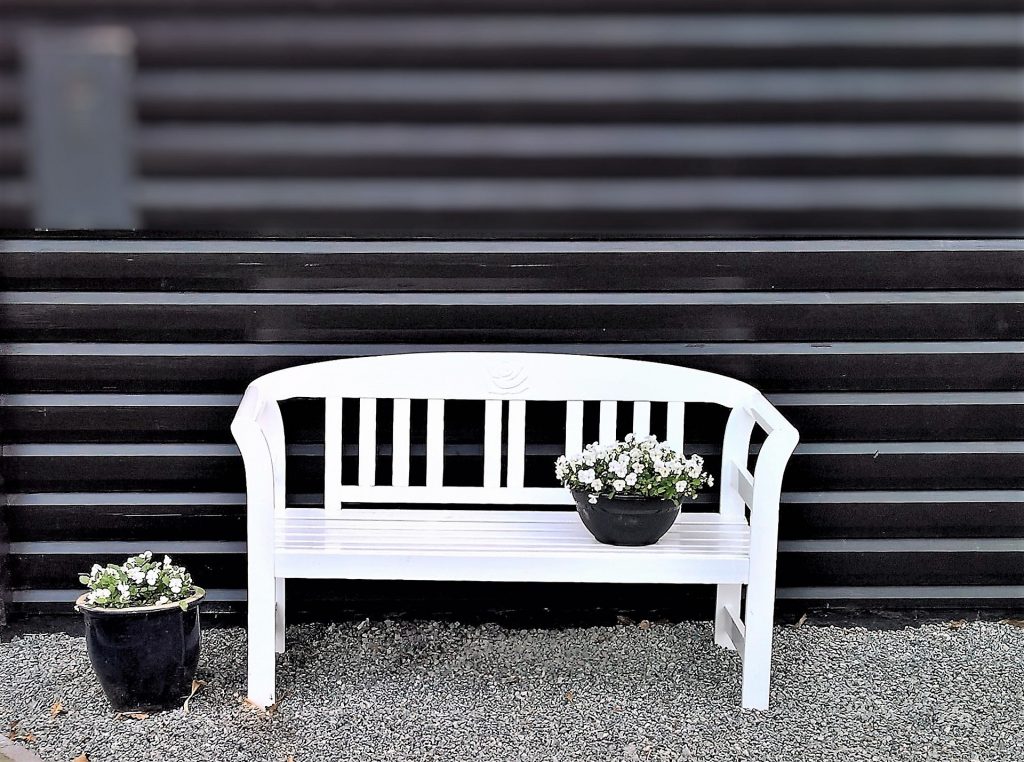Baking Flexibility & Baking for Good Nutrition and Ambience
Everywhere you look, there is a lot of emphasis on cutting the fat out of our daily diets, but who wants to cut out the fat if it means cutting out the flavour? When it comes to baking, there is a way to cut down on your fat intake without changing the ingredients in your favourite recipes.
So for example, if you switch to nonstick silicone bakeware, you can cut down on your fat intake with minimal effort. Because the bakeware is nonstick, you never have to use butter, shortening, or grease on your pans or sheets to ensure easy food removal. You never have to force baked goods out of the pan, so they retain their shape and you don’t see a lot of split and broken cakes. However when you want to cut out even more on your fat intake try the following steps.
5 Steps to Nutritious and Traditional Baking:
- Get your fruits and veggies into your baking. Adding nutrient-rich foods like spinach, zucchini, avocado, blueberries, raspberries, and apples will make your baking more nutritious. These foods are easily added to muffins, for example. And with apples in the season an apple muffin tastes great. Don’t discount those vegetables either. Zucchini makes a great bread or muffin.
- Use flax meal or chia seeds. These seeds are a great source of fibre, nutrients and Omega-3 fatty acids. You can use this as an egg substitute in your baking. This isn’t a perfect egg substitute, though, so for light airy desserts such as angel food cake or many pastries, this isn’t the best option. However, for baking like bread and brownies, this will make for a much better substitute for an egg.
- Reduce the sugar. Yes, we know, the best part of the baked good is the sweetness. And beyond that, sugar does do many other things for baking that you don’t want to lose. However, it can still be achieved by using some different and healthier substitutes. Here are some great ways to substitute with some natural sweeteners.
- Honey – Use ¾ cup plus 1 tbsp of honey per 1 cup of sugar. Reduce the other liquid ingredients by 2 tbsp when doing this, though. Honey makes things moist and dense and will brown faster. So this is better suited in cookies as a sugar substitute.
- Maple syrup – When baking, go for the Grade B which is thicker and darker in colour than Grade A syrup. Replace the sugar in recipes with ¾ cup for every cup of white sugar and reduce the liquid ingredients by 3 tbsp.
- Molasses – This isn’t as sweet as refined sugar. And it will make baked goods darker and with a strong taste. Use 1–1/3 cup of molasses for every cup of sugar and reduce the liquid by 5 tbsp in the recipe. But because molasses is acidic, you will also need to add an extra ½ tsp of baking soda for every cup of molasses used.
- Use fruit juice concentrate – This makes for a really great sugar substitute and adds an interesting taste to baking. Use ¾ cup for every 1 cup of sugar and reduce the liquid by 3 tbsp.
- Reduce the fat with a fruit puree or low-fat yoghurt. You don’t want to remove all of the fat, though – some fat is helpful and healthy as it helps us digest food slower and keeps us full longer. Plus, fat just makes things tastier. But replacing the butter or oil with apple sauce and pumpkin puree is a great way to bake healthier and still maintain some moist and tasty baked goods. If this frightens you, then just use 2 eggs whites in place of every whole egg to reduce the fat in baking.
- Use low-fat dairy products. When a recipe calls for sour cream, use the low-fat version of it instead. Use 2% milk instead of whole milk or cream. You likely won’t even notice a difference with these changes.
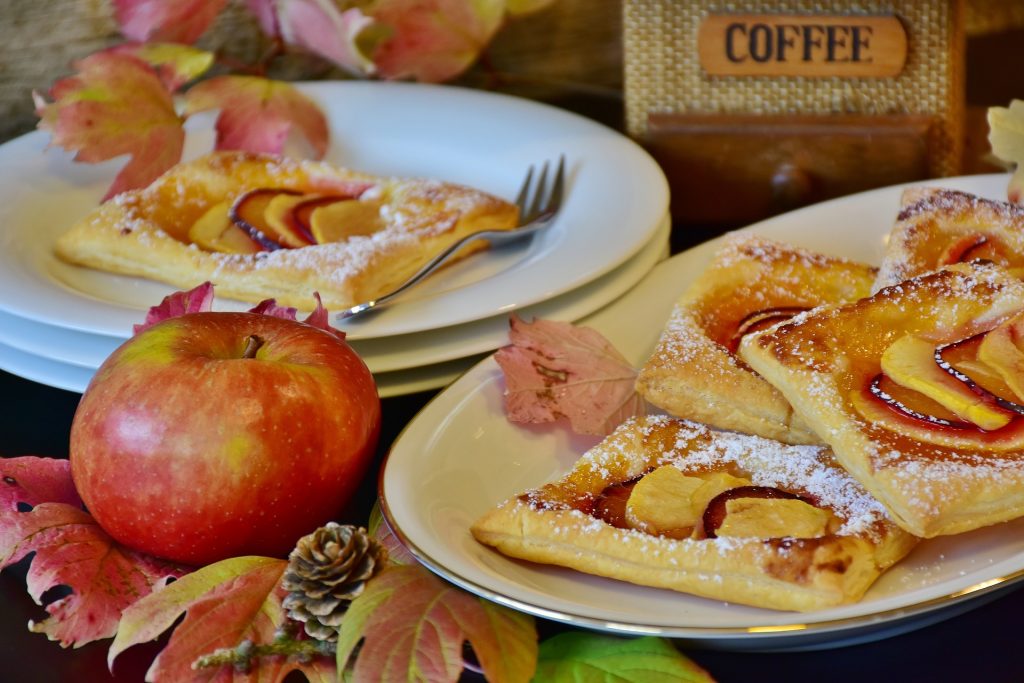
Homemade Apple Pie Recipe: Classic American Apple Pie
Americans love their apple pie and this is a great recipe for any occasion. It’s especially good served diner-style – warm with a scoop of vanilla ice cream.
1/3 cup packed light brown sugar
1/3 cup white sugar
1 tablespoon all-purpose flour
1 teaspoon lemon juice
1/3 teaspoon ground cinnamon
7 1/2 cups apples, peeled, cored and sliced
1 cup raisins
2 (9-inch) unbaked pie crusts
1 egg
Directions
Preheat oven to 425 degrees.
Spray a deep dish pie pan with cooking spray.
In a bowl, combine white sugar, light brown sugar, flour, lemon, cinnamon; mix well. Add the apples and raisins. Stir until well coated.
Spoon apple mixture into the pie crust. Place second layer of crust on top of filling. Seal the edges.
Beat the egg and lightly glaze top of pie crust with egg mixture. Sprinkle a little sugar on top.
Bake 35 to 40 minutes, until golden brown. Cool on wire rack for 30 minutes before serving.
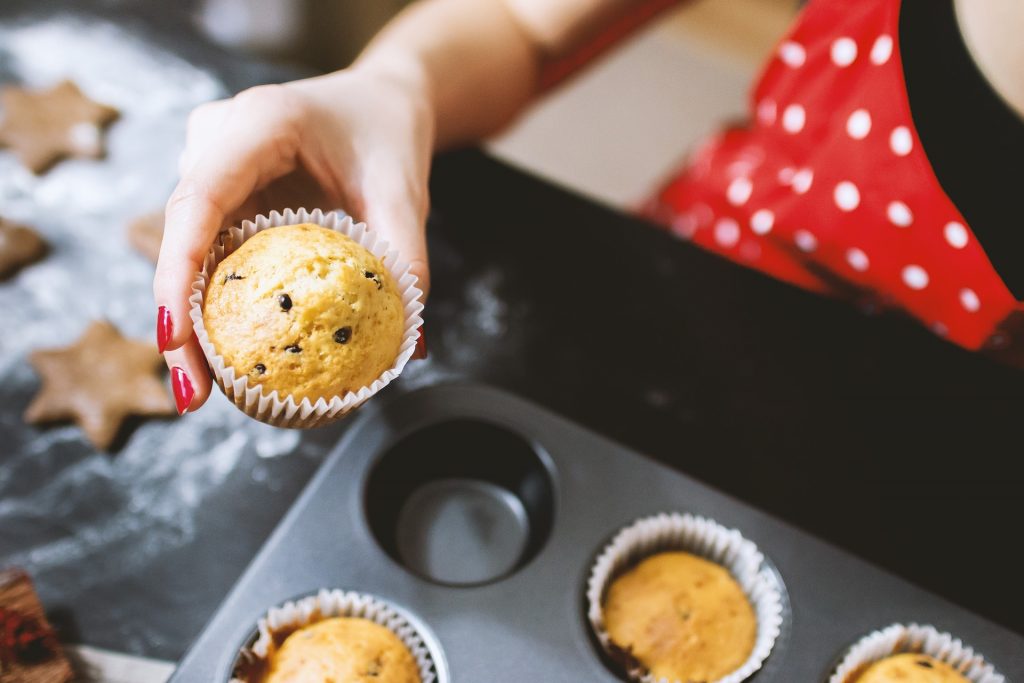
Tips in baking with a recipe
Ask yourself these questions:
- Are You passionate about cake making, baking and decorating?
- Do you want to know the secret behind making top-notch cakes and desserts?
- The authentic recipes and baking procedure?
- Do you want to take your Baking business to the next level?
When all you have done in your life is eat the cake that is already prepared, baking it will be very much like waking up in a world that you are not familiar with. This is where recipes and cookbooks come in.
This self-instructional guide to different types of cakes and pastries is your answer to that confusion. The cookbook will give to you a step by step account of what you should do, from preparing and gathering the ingredients to actually baking the cake.
You actually don’t need to ask anything because everything is already provided for you. But despite the blow by blow account of what you should be doing, many still find baking with a recipe arduous and confusing. Some do not get the results that they want. Others do not get to bake it at all, stumped at the first step in the recipe.
Here are some tips that will help you breeze through this baking manual and make cookbooks your best baking buddy in the world.
1. Know the terms
Recipes may tell you what to do but they may not always be as simple to follow. Some cookbooks use terms that only seasoned chefs and bakers know.
Words like batter, whisk, tablespoon, bain-Marie and greased and floured will be like alien words for those who do not have any experience with making a pastry.
One solution to this is to always have a dictionary with you. That way, you can look at the meaning of each word and then proceed from there. You don’t have to panic when you see those words. They are all in the dictionary, I assure you.
If a dictionary will not work for you, you can always buy a cookbook that is specially made for the novice. Some cookbooks even have a section, where all the cooking terms are explained not only in words but also in illustrations. If a dictionary is not for you, you can always buy these simple cookbooks instead. Check this link to find an e-cookbook just like that, great for novice as for a pro.
2. Always arm yourself with measuring materials
Measurement is the most important part of baking a cake. If you have not measured your ingredients well, chances are your cake will not taste as it should be. Too much flavouring and you will have a too sour or too sweet a cake. Too little flavouring and you will have a bland-tasting pastry that your kids or grandkids will not touch for a million years.
3. Go slowly.
A great cake is never achieved in speed. If you want great tasting cake, let the cake bake at the right time. That is why it is important to always have a clock on your kitchen counter or if possible a timer. This will make timing the cake a lot easier as you can always put an alarm to remind you.
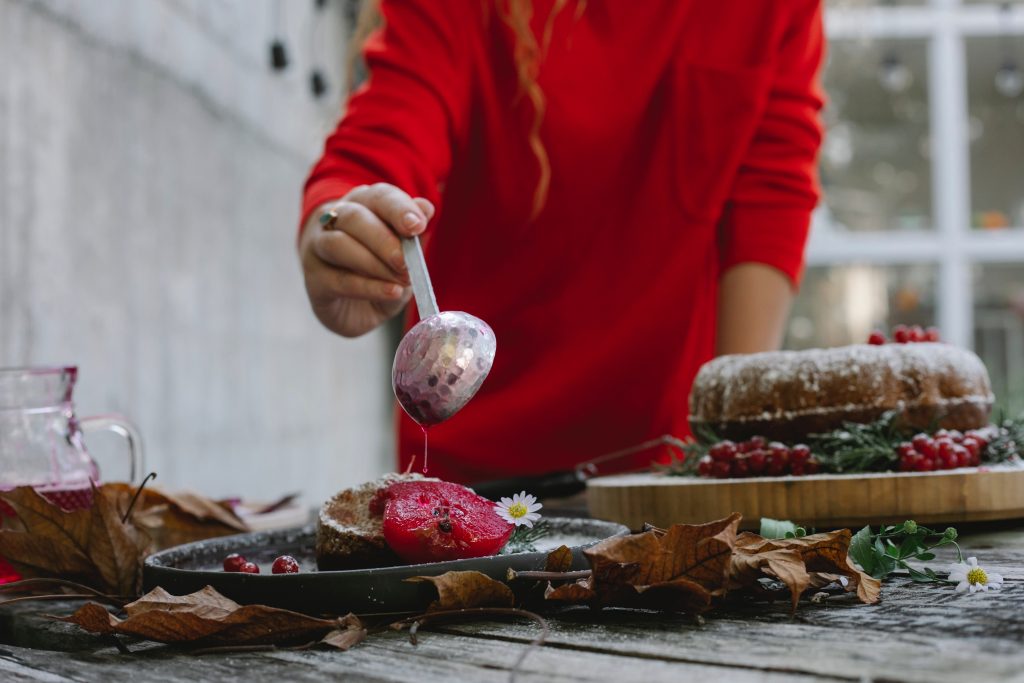
Helpful Tips and Techniques in Baking Cheesecakes
Mastering the art of baking cheesecakes is an arduous task. It is hard for anyone to perfect the method of cooking a wide variety of cheesecakes just by following simple recipes. However, there are several pointers that can help in baking cheesecakes like a pro.
The Texture
The distinct texture of the cheesecake mainly relies on the cheese blended with sugar and eggs. However, it is the type of cheese that informs the character of the cheesecake. For instance, the New York-style cheesecake is dense since it is made with cream cheese; the Italian is lighter because of ricotta.
There are also other cheeses that can be used to achieve different texture. One is the Neufchatel, popularly used in French cheesecakes. Also, cottage cheese and fresh cheeses like mascarpone, goat cheese, and Fromage blanc can be used.
The Mixing and the Cracking
Unlike other kinds of cakes, where the key is beating air into the batter, cheesecakes suffer if over-mixed. In order to achieve wonderful results, it is advisable to have all the ingredients stored at room temperature before mixing.
Cracking is probably the most common problem in baking cheesecakes. Since cheesecakes, like custards, depend profoundly on the setting of the eggs, they must be cooked slowly and gently. If the eggs puff, get grainy or overcook, and constrict when cooled, the resulting cheesecake will have an undesirable split on the smooth surface.
The main trick in avoiding cracks in cheesecakes is coaxing and gentle heat. Cooking cheesecakes slowly also means cooling them gradually. The quick change in temperature upset the structure of the cheesecake, which often causes cracks. Moister and creamier cheesecakes are achieved when the heat is turned off while the centre is still loose and allowed to cool inside the oven.
Several cheesecakes, especially the classic ones, are usually baked in a water bath, which is a pan of water. This is done in order to moderate the temperature. Because the water remains at a constant temperature, the cheesecake sets slowly, thus resulting in a creamy cheesecake.
On the other hand, cheesecakes that are rich in flavours can achieve the same results as the classic cheesecakes by baking slowly at low temperatures. In order to prevent the cheesecake from developing cracks during the cooling process, you can run a thin knife around the edge of the cheesecake. It is important to ensure that you perform this as soon as the cheesecake comes out of the oven. More so, remove the spring-form pan, except the metal base, after chilling.
When you see a crack in the cheesecake, do not fret, but simply use it as a starting point when cutting the first slice.
The Cutting and Freezing
To cut a baked cheesecake, use a knife and dip it in warm water. Always remember to dry the knife before slicing each piece of the cheesecake.
Since cheesecakes are high in fat, they can freeze up well for two weeks if covered tightly in both foil and film. However, cheesecakes with high water content will tend to become icy. In this case, freezing is not advisable.
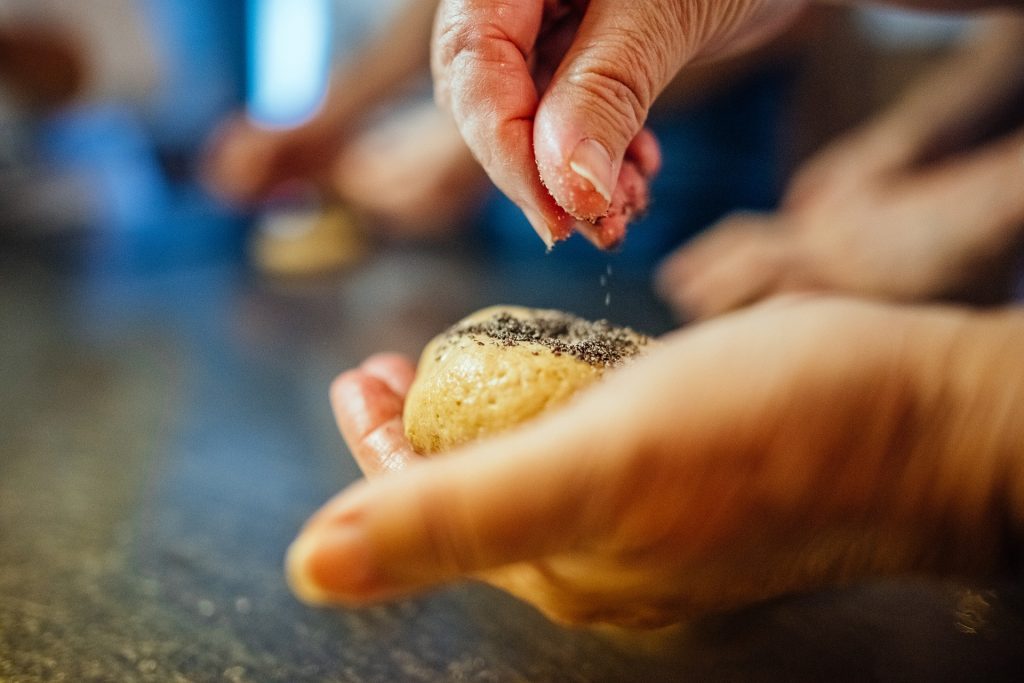
It is our attitude at the beginning of a difficult task which, more than anything else, will affect its successful outcome.
William James
Check our Spry Ladies website for more inspirational and helpful articles.


